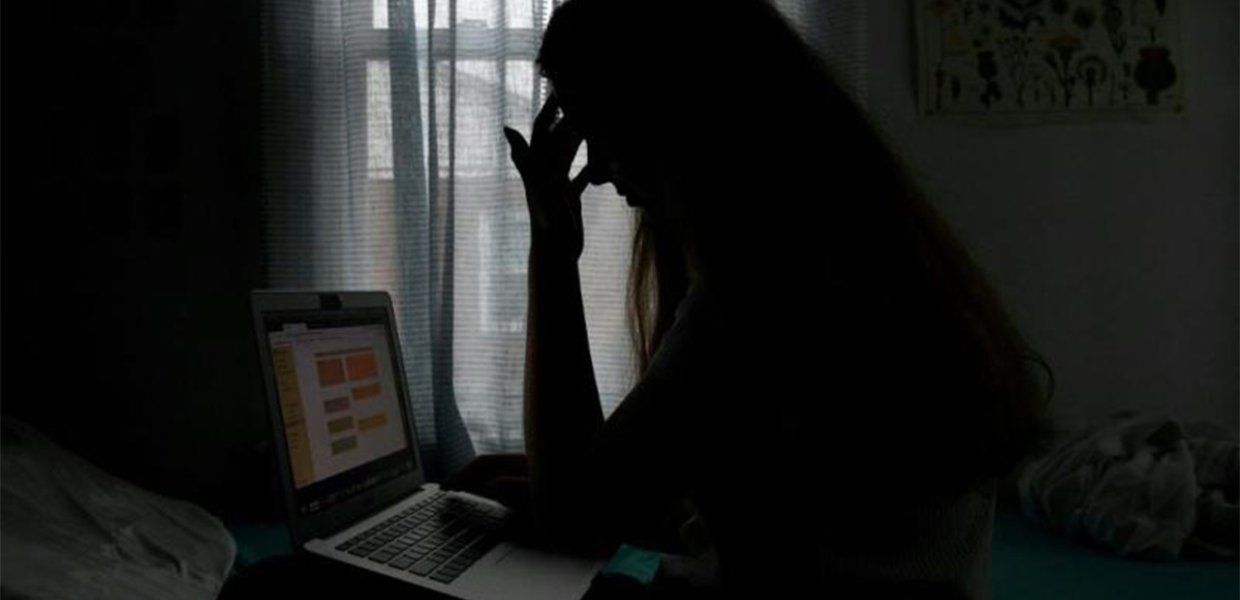There is a chorus of concern around youth mental health — medical practitioners, mental health care professionals, educators, and parents have all been vocal about young people’s well-being. Yet a new study shows that entertainment has yet to join the choir when it comes to depicting youth mental health in a sensitive way.
The research brief, released by Stacy L. Smith and the Annenberg Inclusion Initiative, is entitled The Kids are Not All Right: The Portrayal & Context of Mental Health Conditions of Children and Teens in 300 Popular Films. The study examines top-grossing movies from 2016, 2019, and 2022 to understand the prevalence and portrayal of youth mental health.
There were 23 child and teen characters with mental health conditions in the 300 top-grossing films evaluated. This represents 10.3% of all 223 characters with mental health conditions. The number becomes even smaller when considered as a proportion of all child and teen characters appearing in the 300 movies assessed. Only 1.4% of all 1,688 child and teen characters were depicted with a mental health condition. In contrast, 21.8% of children and teens in the U.S. experience one or more mental health conditions.
“Young people today face profound challenges and stressors, exacerbated by the political and cultural environment they live in, yet entertainment virtually ignores this aspect of childhood and adolescence,” said Stacy L. Smith, Founder of the Annenberg Inclusion Initiative. “This research brief illuminates that the movies young people see about their peers minimize the importance of mental health and often misrepresent the reality of these conditions.”
Nearly two-thirds (62.5%) of youth with a mental health condition were girls versus 37.5% who were boys. The same percentage (62.5%) were White/Caucasian and only 25% were from an underrepresented racial/ethnic group. Four characters were Asian and 2 were Multiracial/Multiethnic. Not one young character with a mental health condition was Black/African American, Hispanic/Latino, Indigenous, or Middle Eastern/North African. None of the characters were part of the LGBTQ+ community. More than half (54.2%) had a disability, either due to the severity of their mental health condition or due to another illness.
Slightly less than half (45.8%) of these child and teen characters held a prominent role in the stories, and 54.2% were secondary characters or inconsequential to the plot. Notably, 29.2% of mental health depictions featuring children and teens occurred in horror or thriller films.
Young people were most likely to be shown with anxiety (30.8%), issues with cognitive functioning (26.9%), and depressive symptoms (19.2%). Three characters were shown with autism spectrum disorders, two were shown with anger and aggression, and one teen character disclosed a suicide attempt.
The report also overviews contextual factors that could influence how audiences think about mental health. More than half (58.3%) of youth with a mental health condition were disparaged, including 9 characters who were insulted specifically about their mental health. One-third (33.3%) were stigmatized, and four characters concealed their mental health issues from friends or family. Characters were also frequently shown alongside violence– 54.2% of youth were perpetrators of violence and nearly two-thirds (62.5%) were targets of aggression.
“Dehumanizing young people with mental health conditions on screen is not a neutral act,” said Smith. “Linking mental health to disparagement, stigma, and violence can not only contribute to attitudes off screen, it can have negative real-world consequences for young people living with mental health conditions.”
Help-seeking and treatment were also rare on screen. Only 25% or 6 child or teen characters with a mental health condition received therapy. These characters were most likely to be girls, and all of them were White/Caucasian. The majority of therapy occurred in the context of institutionalized settings such as a care facility or psychiatric ward. Only 2 young characters used medication for mental health treatment. One was a teen female and the other was a dog.
“On World Mental Health Day, numerous groups and organizations encourage communities to seek help and embrace the idea that mental health is treatable and that support exists. Content creators, particularly those in the film industry, would do well to pay attention to these messages– the stories they tell offer little hope for young people living with a mental health condition,” said Smith.
The report offers several ways that filmmakers and industry professionals can improve storytelling around mental health. In particular, creatives can utilize the Annenberg Inclusion Initiative’s Mental Health Media Guide, a free online resource with storytelling tips and insights. The authors also call on storytellers to work with the Mental Health Storytelling Coalition to seek out expert advisement on storylines to ensure safe and nuanced portrayals reach screens.
The report is the latest from the Annenberg Inclusion Initiative.
